Wildlife
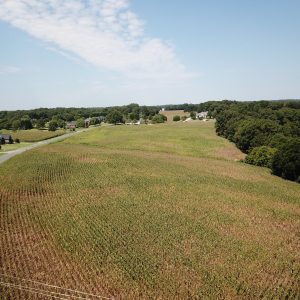
An ocean bird pays an unexpected visit to Stanly County
My sister and I once decided it would be a fine idea to tour the Mojave Desert in May. Being hard-headed women from the Uwharries, we forged ahead even after the Santa Ana winds kicked up and pushed temperatures into triple digits. The heat made for a memorable, if sometimes freakish, trip. Along the way, […]
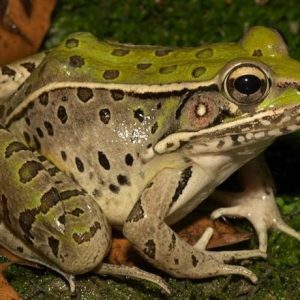
Identifying the frog calls of spring
June is almost upon us, and the rush of activity in the ponds, streams, and vernal pools of our state is already well underway. For many native frogs, it’s breeding season. Right now is a great time to experience the variety of nighttime songs that signal the return of summer in our waterways. The best […]
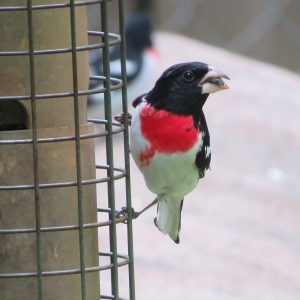
A rare encounter with a beautiful bird this spring
If you’ve spent any time in the woods recently, you’ve probably heard some of the neotropical migratory birds who come here in the summertime to breed. I’ve been hearing black-and-white warblers, and last week heard my first wood thrush of the year. I’ve also heard hooded warblers, northern parulas, scarlet and summer tanagers and red-eyed […]
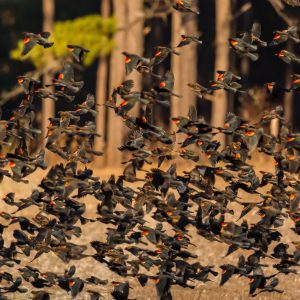
What can flocking blackbirds in the winter teach us?
Nothing speaks of the winter sky quite like a flock of blackbirds flying in unison above a sprawling pasture, field or marsh. They spiral and bank and funnel, breathing life into a void of leaden gray. It’s a spectacle you won’t observe in any other season. In the Piedmont, these flocks are often composed of […]
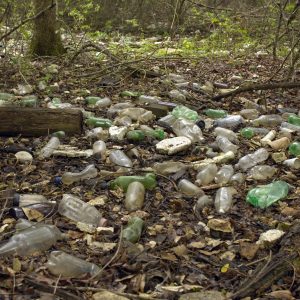
The biggest environmental issues facing Charlotte share a common root
Air pollution, runoff and sediment in our waterways, disappearing open space and development chipping away at our tree canopy: Charlotte’s facing many environmental challenges with one common cause. Growth. About 18 percent of land in the city is considered “vacant,” and that number is shrinking as development roars ahead. The city recently changed its tree […]
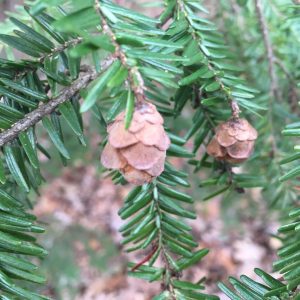
Some mountain conifers make the Piedmont their home
In December, the familiar Fraser fir population reaches its fleeting peak in the Piedmont as Christmas trees are harvested from farms in the North Carolina mountains and brought to market. But two other species of conifers largely restricted to the mountains have found surprising refuge in our region — at least for the time being. […]

How to brand a region: Searching for authentic identity in the Uwharries
Rural communities around Charlotte are looking for new economic engines. Urban residents are looking for more outdoor recreation. That provides an opportunity for communities around Charlotte to use their public lands and waterways to fuel growth. And two areas in the region that were ahead of the curve offer lessons for other communities trying to […]
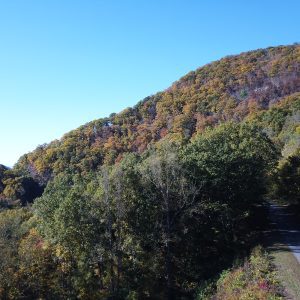
How our changing landscape sustains us all
Ecosystems such as forests and wetlands provide clean air and water, food, building materials and recreational opportunities. The benefits people receive from nature are referred to as “ecosystem services.” Our interactions with ecosystems can have a positive impact, boosting our health and the economy. We can also have a negative impact on the health and […]
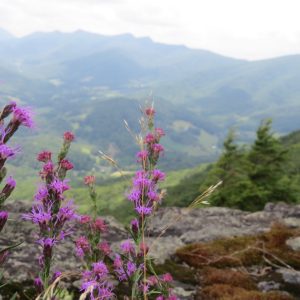
Preserving rare plants: In search of Heller’s blazing star
How do you protect a plant that grows only on rocky outcrops at high elevations in the Amphibolite Mountains of northwestern North Carolina? It takes a team.
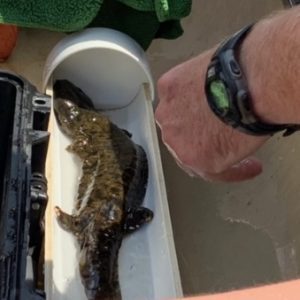
Hellbenders offer a window into water’s health
Hellbenders – a species of large salamander with an evocative name – can tell us something about the health of a river. Macroinvertebrates are good indicators of water health across the state. Insects, crustaceans, molluscs, and arachnids can all tolerate water quality in different degrees. Mayflies, caddisflies, stoneflies, hellgrammites are all highly sensitive to pollution. Their presence anywhere indicates good water quality. Dragonflies, damselflies, crayfish and clams are somewhat tolerant of pollution. Black fly larvae, lunged snails, and leeches are all pollution-tolerant.